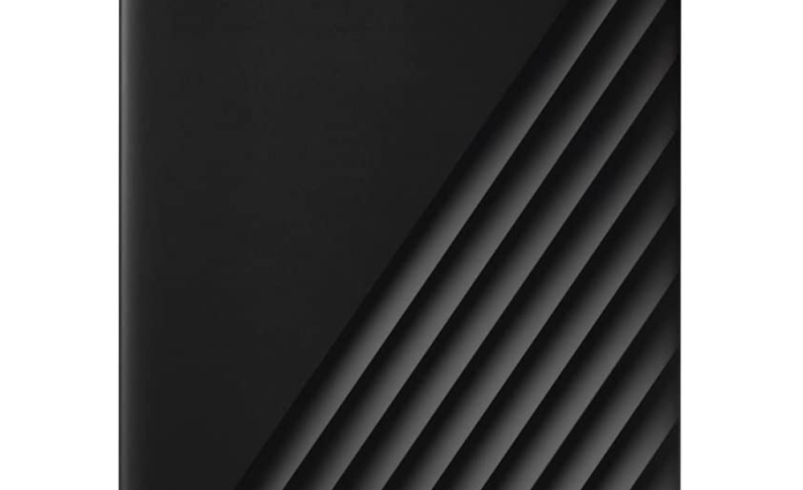External Hard Drive Tips for First-Time Buyers
- June 12, 2025
- 0
External Hard Drive Tips for First-Time Buyers, In today’s world of growing digital content, having the right storage solution is no longer a luxury—it’s a necessity. Whether you’re

External Hard Drive Tips for First-Time Buyers, In today’s world of growing digital content, having the right storage solution is no longer a luxury—it’s a necessity. Whether you’re storing family photos, work files, videos, or game data, an External Hard Drive offers a reliable and easy way to keep your data safe and accessible. For those new to the idea of external storage, knowing where to start can be confusing. This guide is designed to make your first purchase as smooth as possible and help you choose a drive that meets your needs perfectly.
Before you start browsing through options, take a moment to think about what you’ll be using the External Hard Drive for. Are you backing up your laptop files? Saving large video projects? Or simply looking for a secure way to store documents and photos?
Understanding your usage pattern helps determine the storage capacity you need. If you’re dealing with high-resolution videos or games, a larger capacity—say 1TB or more—makes sense. For lighter needs like document backups, something smaller and more portable might do the job.
One of the first decisions you’ll face is choosing between a traditional hard disk drive (HDD) or a solid-state drive (SSD). Both are types of External Hard Drive, but they perform differently.
HDDs are generally more affordable and offer larger storage for the price. They’re ideal for archiving and bulk storage. SSDs, on the other hand, are faster and more durable since they have no moving parts. They’re perfect for tasks that need speed, such as editing videos or running applications directly from the drive. If you value speed and quiet performance, SSD is the way to go—even if it means paying a little more.
If you plan to carry your External Hard Drive around with you, portability is key. A lightweight, compact drive that fits easily into a bag or pocket is ideal for on-the-go users. Durability also matters. Some drives are designed to withstand drops, spills, and even dust, making them a smart choice if you’ll be traveling or using the drive in different environments.
Most External Hard Drive models connect via USB, but not all USB ports are created equal. USB 3.0 or 3.2 provides faster data transfer speeds compared to USB 2.0. If your laptop or desktop supports it, opt for a USB-C or Thunderbolt-compatible drive for lightning-fast transfers.
In a world where data protection is crucial, some External Hard Drive options come with built-in security features like password protection or hardware encryption. If you plan to store sensitive data, this is an important feature to look for.
Drives with encryption capabilities ensure that even if your drive is lost or stolen, your files remain protected. Many models offer software that helps manage this security easily, especially useful for business professionals or anyone storing confidential information.
Most modern External Hard Drive models are plug-and-play, meaning you can simply plug them into your computer and start using them without installing any extra software. However, you should still make sure the drive is compatible with your operating system—especially if you use Linux, macOS, or want cross-platform functionality.
Some drives are pre-formatted for a specific OS, but reformatting them to work with your device is usually simple. Just remember to back up any pre-loaded software before doing so.
Choosing your first External Hard Drive doesn’t have to be overwhelming. Focus on understanding your storage needs, choosing between HDD and SSD, checking for speed and compatibility, and considering security options. With a little bit of planning, you’ll find a drive that fits seamlessly into your digital life and helps you manage your data more efficiently.